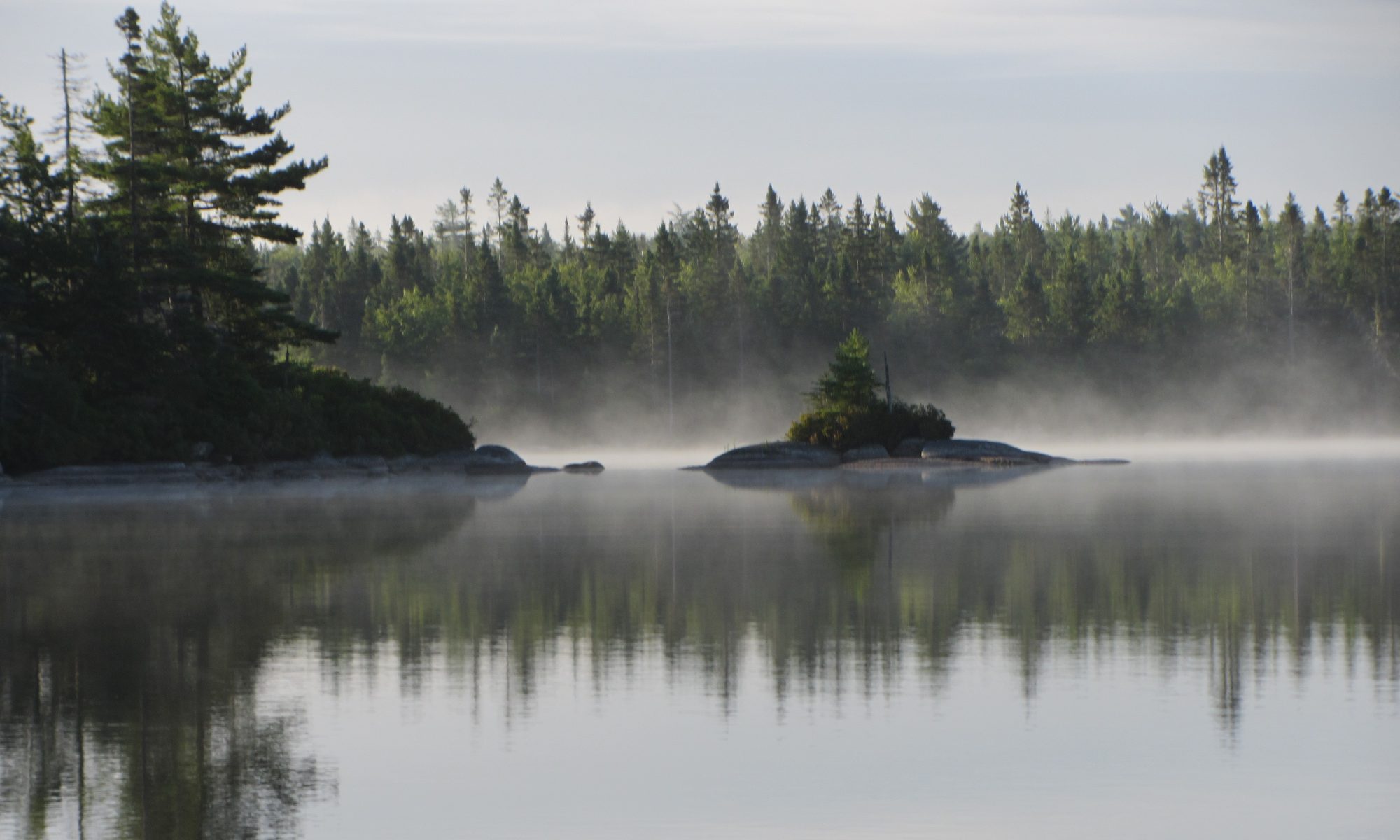In a submission to the Independent Review of Forestry Practices in Nova Scotia, Richmond Campbell and Sue Sherwin suggest that three key policy documents – (1) Environmental Goals and Sustainable Prosperity Act (EGSPA, 2007, amended 2012), (2) A Natural Balance (2010), and (3) A New Regulatory Framework for Low-Impact/High-Value Aquaculture in Nova Scotia (2014) – lay out a sound moral foundation for Nova Scotia to follow in developing policy for managing our natural resources in ways that are likely to benefit Nova Scotians for many decades to come.

A few excerpts:
Many different options exist for forestry practice in Nova Scotia going forward. They form a continuum between maximum disturbance and none. We could seek to have our forests completely levelled as quickly as possible and start again from a (literally) bare slate. At the other extreme, we could declare a moratorium on all forestry on public lands for a few decades and allow what remains of the natural forest the opportunity to regenerate. We doubt that either of these extremes would be chosen by a majority of Nova Scotians. So, we focus our discussion on the two most plausible options at this point in our province’s history: the status quo and community managed forestry.
Social policy must reflect the fact that health involves much more than an absence of disease. Health promotion is an important component of individual and public health. Many studies demonstrate that walking through wooded land has medicinal benefits. It affects mood, even for those with serious mental illness, and has an impact on various physical concerns. Communities that work together to sustain shared resources work more cooperatively and are more likely to retain and attract residents.
We need, more generally, to reflect deeply on the question of what is the significance of Crown Lands. We recognize that even the terminology is problematic, since “the Crown” has claimed these lands despite the fact that the original people, the Mi’kmaq, never ceded ownership. Insofar as the province exercises authority over these lands, the province must provide stewardship that protects them for the ultimate benefit of all Nova Scotians, and it is important to consider how choices should be made as to their current and future use. Surely, it is the responsibility of the provincial government to try to ensure that all Nova Scotians will directly or indirectly derive some benefit from these lands and the principal beneficiaries.
Finally they “offer seven general suggestions that have been spelled out in considerable detail in other proposals that have community managed forestry as the most promising vision for improved forestry practices in Nova Scotia.”
Richmond and Sue have shared the full document with WRWEO/The Bluff Trail. View RCandSS_SubmissionToIndRev

It is a great read and sets out a great argument for community forest practices.